Your romance with philately started when you saw a beautiful stamp. But just when you thought you know a lot about stamp collecting, you realize there are actually 11 classifications of philately according to the Federacion Internationale de Philatelie. Not only that, philately definition also includes collecting postal stationeries, stamp cancellations, labels, and other stamp-like objects.
Before you get confused, read this stamp collecting information to help you decide which type of postage stamp collecting truly belongs to your heart.
Traditional philately
Ten years from now, you see yourself filling the pages of a stamp album with postage stamps from all over the world.
Traditionally, philatelists collect stamps from different countries. But by 1980s, when countries began issuing hundreds of stamps annually, it was no longer possible to have all stamp specimens.
Though many categories of philately have evolved in modern times, there are still stamp collectors who prefer to do it the old way. In classical philately, you study the parts of the postage stamp, analyze the stamp watermark, learn how stamps are printed and other technical aspects.
Thematic philately
You want something that speaks about your individuality. That is why you are looking for a stamp design that shows your favorite things.
You would not mind pouring yourself over numerous postage stamp catalogues as long as you find stamps depicting your favorite subjects: cars, animals, flowers, and many others. Thematic stamp collecting is also called topical philately since you are classifying stamps according to topics.
More than a form of self expression, themes stamps also test your creativity. Stamps can be arranged to tell a story. You might want to have an Americana stamp theme and trace the history of US postage stamps.
Postal history collecting
You love the thrill of being transported back in time that is why you collect old philatelic items. Collecting postal history documents how stamps were used on mail.
Some philatelists collect letters and stamps from the Pony Express, one of the earliest postal services in North America. Others invest in a Penny Black stamp, which was the first postage stamp ever made.
Postal stationery collecting
Do you hate cutting around old posted stamps so you can mount them onto a stamp album? There are envelopes, post cards, and letter sheets with an embossed or pre-printed stamp. These are collectively called as postal stationery.
Even the famous stamp collectors want to get hold of postal stationery pieces because of their unusual indicum, or imprinted stamps.
Stamp forgery collecting
You have the penchant for the bizarre and the unconventional. Though you are no con artist, you just prefer collecting stamp forgeries and philatelic counterfeits.
Rare postage stamps are the subject of most philatelic fakes. Some of the forged stamps were done craftily that you can not tell them apart from the real postage stamps.
However, philatelists who collect counterfeit stamps think stamp forgeries are clever works of art. True enough, the cost of some postal frauds compete with the postage stamp price of the original specimen.
Cinderella philately
Even if you stopped believing in fairytales but you believe that anything that resembles a stamp is worthy to be collected, then cinderella philately will make you happy ever after.
Just like the lady who was not allowed by her step sisters to attend the ball, cinderella stamps never appeared in major stamp catalogues during the 19th century. Today, cinderella stamps collecting is fast becoming popular worldwide.
Stamp-like objects include labels, fiscal stamps, telegraph stamps, and so on. Cinderellas are not valid for postage. Some, like the poster stamps, are affixed on envelopes for advertising purposes only.
Fiscal stamps or revenue stamps are small papers attached on the packages of taxed goods. The choicest items in revenue philately are labels from 19th to 20th century.
Aerophilately
You are fascinated with flight and you take philately to greater heights by collecting airmail stamps. Aerophilately also extends to labels, documents, post cards, and letters that were transported through flying couriers.
When you find aerogrames too common, there are other interesting sub-categories of aerophilately to choose: balloon mail from hot air balloons; dirigible or zeppelin mail carried by German airships in the early 1900s; and missile mail via missiles.
Astrophilately
When you want something literally out of this world, try astrophilately and chronicle man’s space conquests.
Before a space shuttle takes off, the postal service issues postal stationery and cards about the mission. Collectors can have their philatelic items marked with special stamp cancels at take off points and mission control centers.
Often times, US and USSR space shuttles carry postcards and covers aboard. When they return back to earth, they are sold to philatelists as space mail, space covers, or flown covers.
Maximaphily
When you travel, the most important thing next to your passport is getting a postcard. Not only that, you take time to find a matching post stamp and stamp cancels to go with your postcard. This is the philosophy of maximaphily.
More than just for souvenir, these postcards with stamps and cancels that match the design are called maximum cards. Sending out maximum cards is not as well-known today as it was widely practiced by European backpackers during the 1970s.
Philatelic literature collecting
Would you rather read books about stamps than collect them? Even if you do not own a single stamp, you can still be called a philatelist.
The strict definition of philately pertains to the study of stamps and the other printed matter carried by the postal service. The term became synonymous with stamp collecting during the 1940s. That era marked the golden age of philately as everyone was clamoring to start his or her own stamp collection.
Today, collecting stamp books, magazines, and other forms of philatelic literature are officially recognized as a legitimate branch in philately.
Youth philately
You spell philately as F-U-N, and you adore stamps with quirky designs.
Youth philately is spiced up with the colorful cartoon and comic characters that can delight the young and the young at heart. Children’s philately is a good way of encouraging kids to begin stamp collecting.
In the United States, the USPS launched its Penpal program to assist aspiring philatelists in enjoying the art of stamp collecting. In UK, the annual British Youth Stamp Championships is spearheaded by a local stamp community.

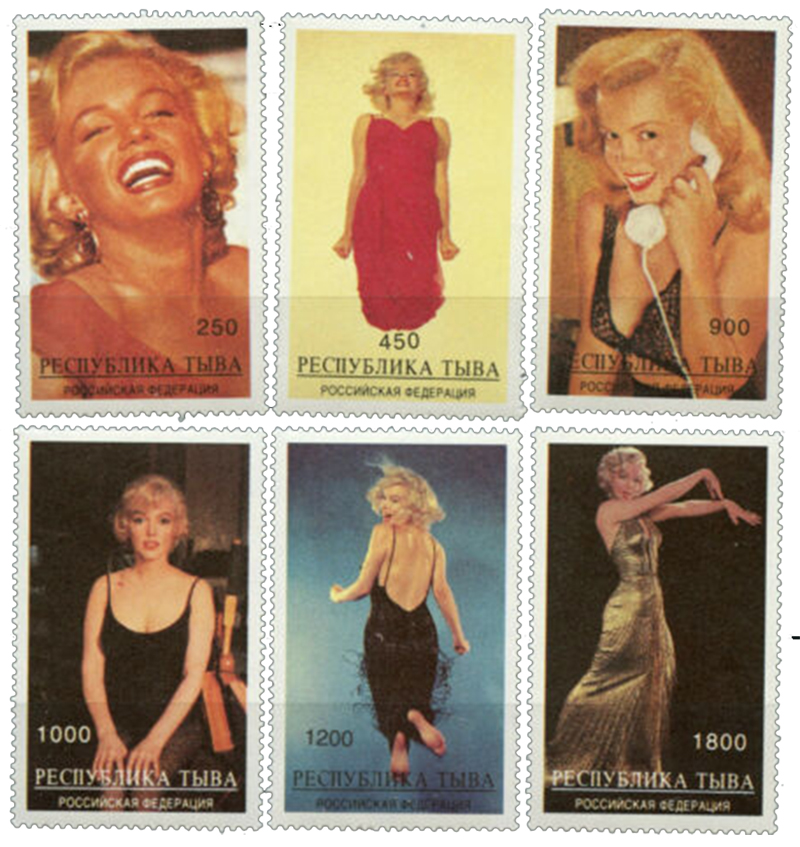
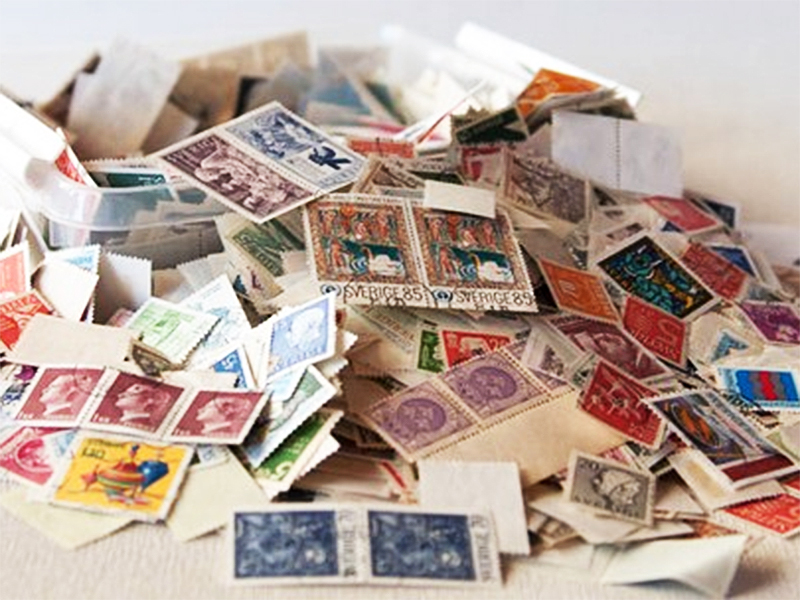
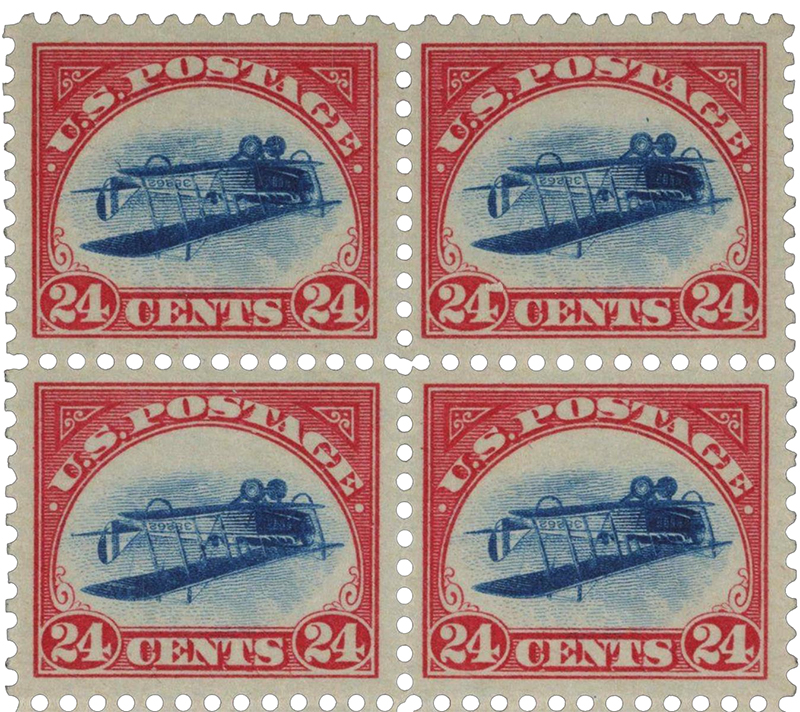
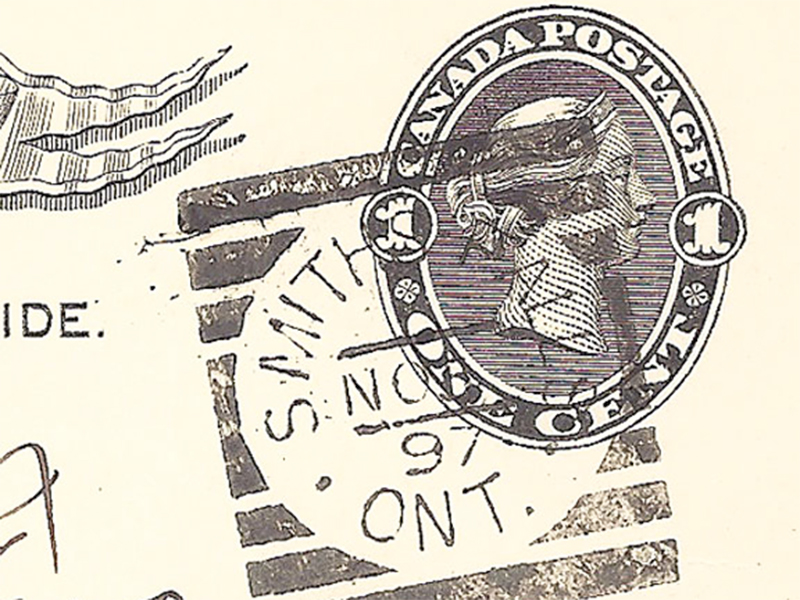
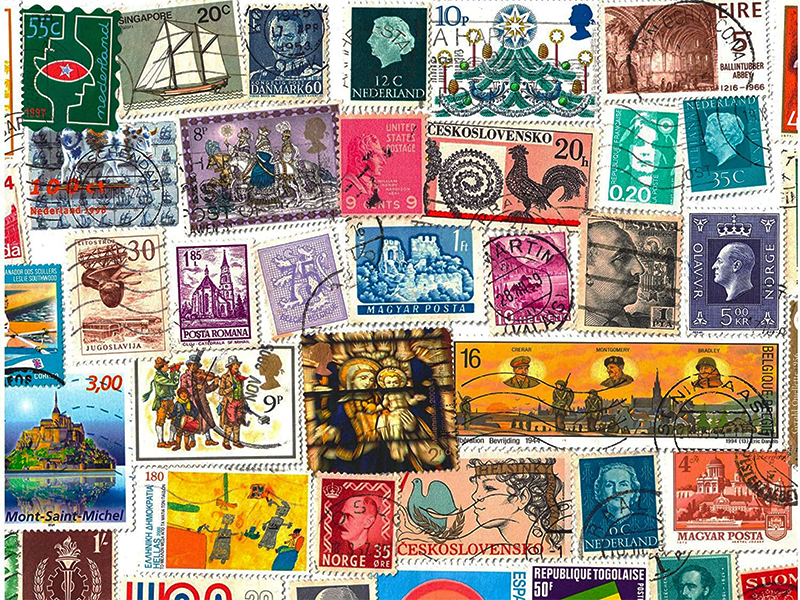
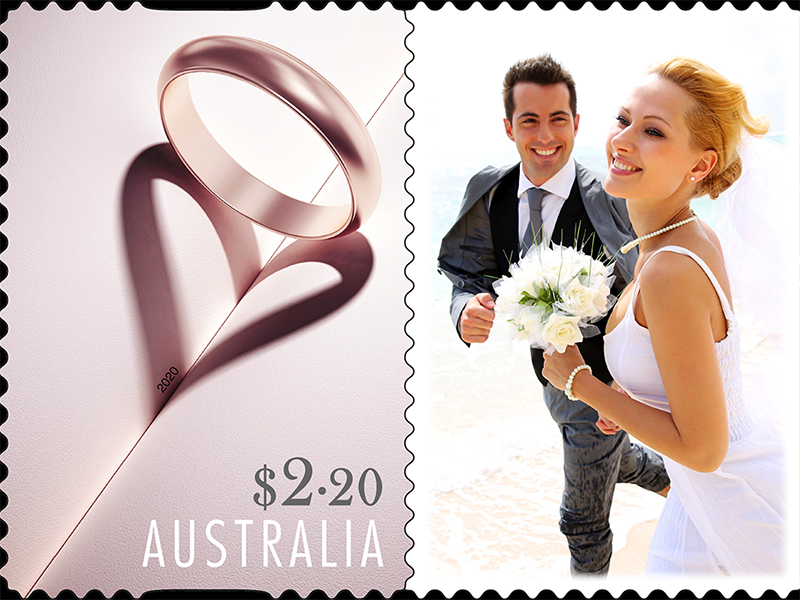
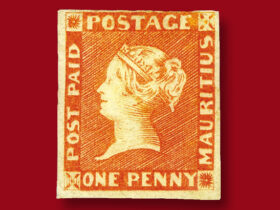
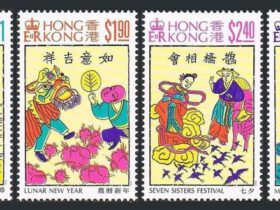
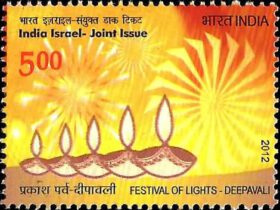
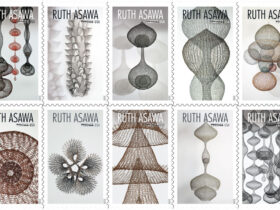
Leave a Reply